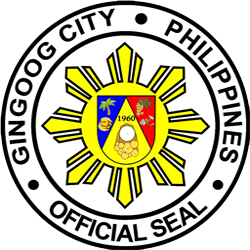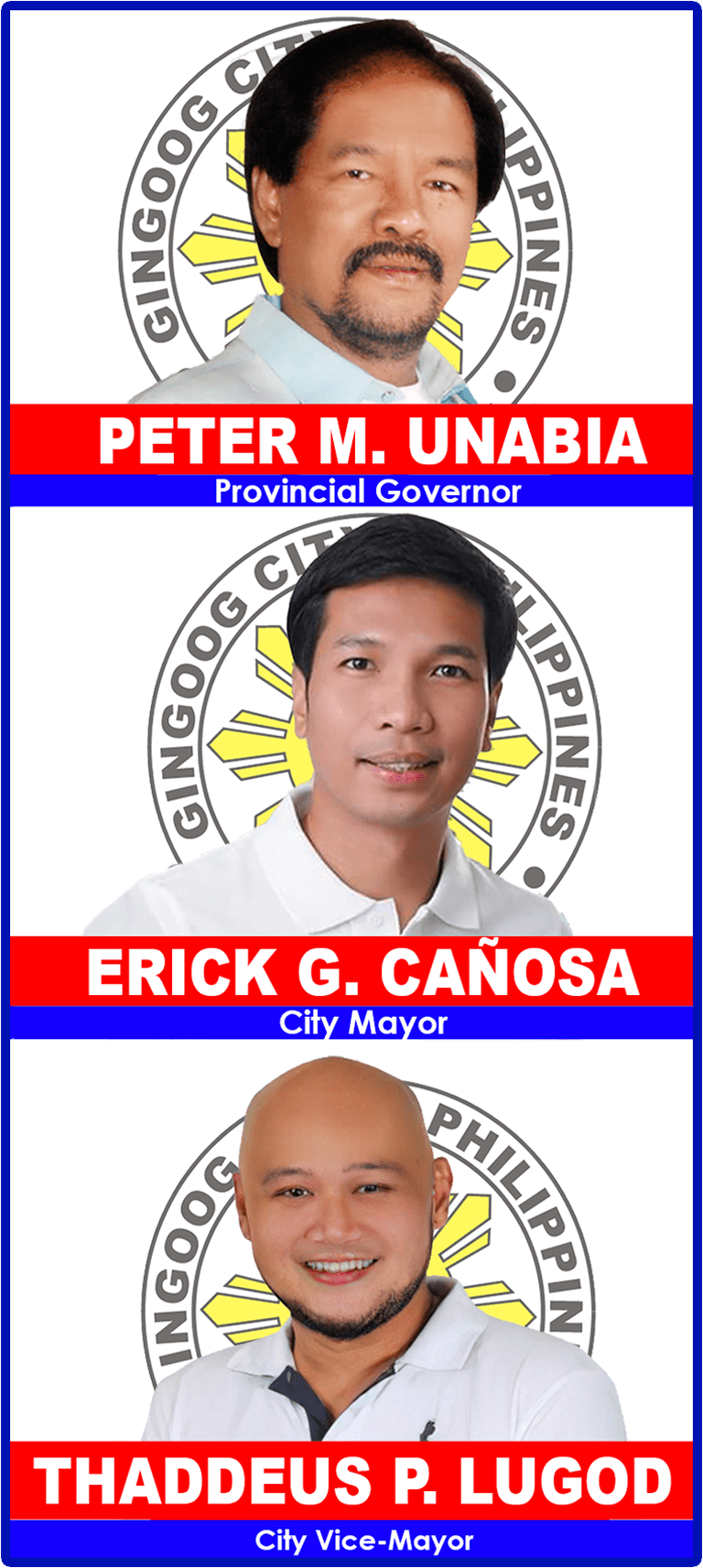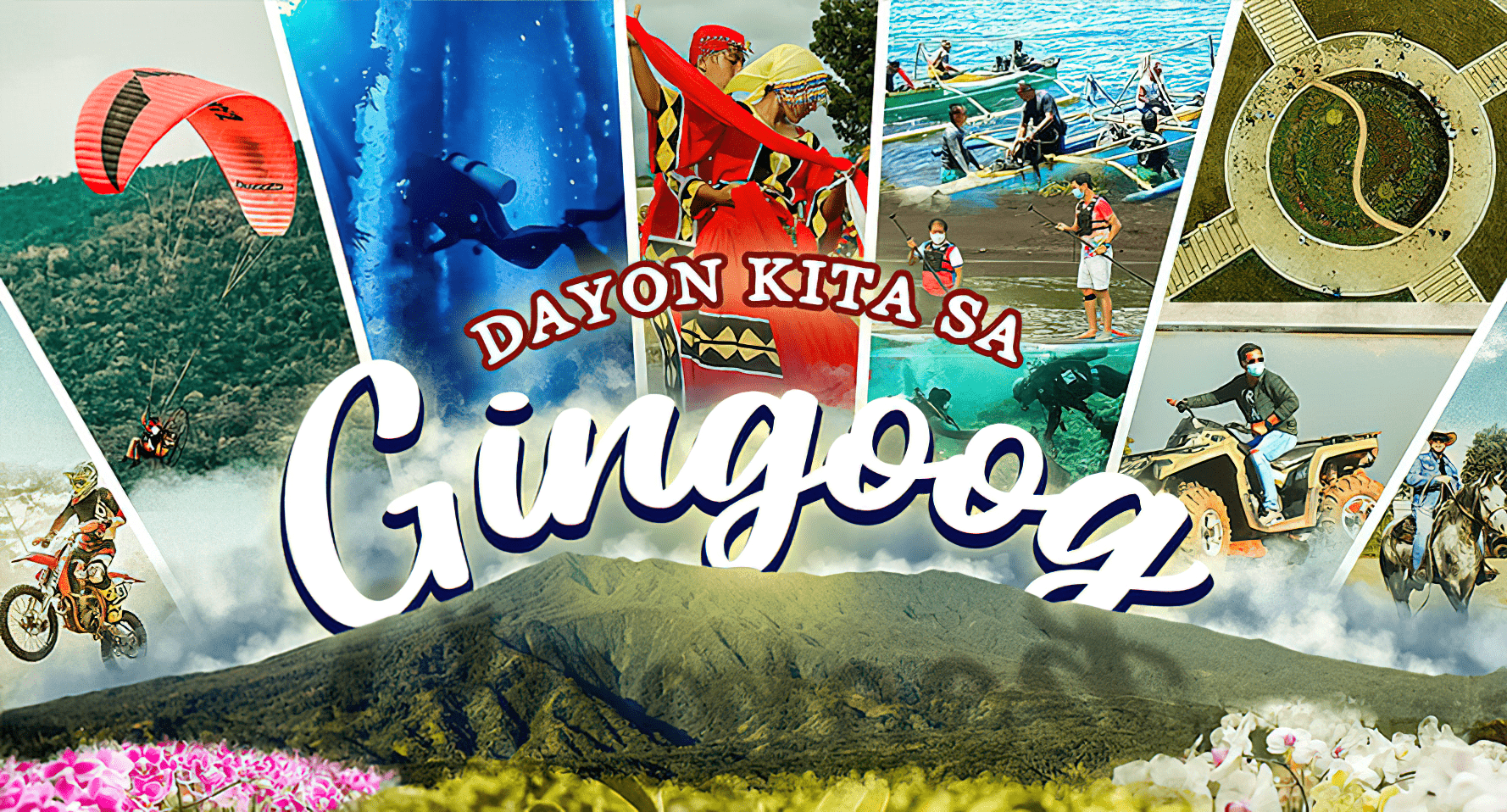Gingoog City - A City in Unity
City Profile
[Page 1] Cultural Development, Socio Economic Background, Physical Profile, Demographic Profile
- Cultural Development
- Physical Profile
- Demographic Profile
Socio Economic Development
Gingoog was enmeshed with the most severe economic crisis in the late sixties which was brought about by the inflation rate of the peso and the lowest crop production in decades. This was worsened by the infestation of the dreaded coffee borers in coffee farms coupled with the low buying price of coffee. In later years, the city’s electric service was stopped when CEPALCO withdrew its electric power services leaving the city without power and light, plunging the city into darkness.
On December 17, 1978, the city finally restored its electric power supply through the National Government Electrification Program. Electric power of the city was provided by MORESCO II, which put Gingoog back on the road to progress again. The influx of investors, the establishment of business and small scales industries as well as the people’s hard work, were important factors of the city’s progress.
The impact of infrastructure development and the utilization of agricultural resources boosted the trade, commerce and industry, bringing back the city to life. In 1982, Gingoog, from a mere third class city was upgraded to a first class city. By 1984, it was adjudged as the most outstanding component city throughout Region 10.
Then EDSA REVOLUTION came in 1986. The local government faced the challenge of restoring back the people’s faith in the government. The concept of reconciliation and economic recovery propelled the city to a new era with high hopes of alleviating the standard of living of the populace.
The economic recovery program continued when President Fidel V. Ramos bannered the Vision “Philippines 2000” with the end in view of transforming our country as one of the Economic Tigers in Asia. The thrust of the present administration created a momentum of positive business atmosphere around the country. Along this thrust, the local government of Gingoog then was moving forward with its socio-economic development program of the city. Massive infrastructure projects such as the road construction/development complemented with efficient local governance paved the way to a more dynamic economic activities in the city.
Under the incumbent city officialdom, the influx of investors and the increase in commercial and industrial activities are expected in the years to come.
In this era, the city government administration shall deliver an effective approach through its strategic direction GOLD which translates to
G–ood Governance, Transparency and Accountability
O–pportunities for Agriculture, Tourism, Culture & Arts and Sports Development
L–ivelihood Development and Sustainable Implementation
D–elivery of Service for Health, Education, Social Welfare, Peace & Order, Environmental Protection , and Public Safety
This strategic direction will galvanize the attainment of a progressive and prosperous Gingoog City.
- Cultural Development
- Socio Economic Background
- Physical Profile
- Demographic Profile
- Cultural Heritage Conservation Area
- Social Sector
- Economic Sector
- Infrastructure Sector
- Climate & Disaster Risk Sector
- Local Governance
- Republic Act 2668 (An Act Creating the City of Gingoog)
- Himno Gingoog
Note: Materials and information posted on this website are for informational purposes only. For certified copies, please refer to the City Planning Development Office. You may also contact the Gingoog City Information Office for guidance, or visit our “Contact Us” page for more information.
LOCATE US HERE
Peoples Palace, City Hall Complex
Brgy 22-A, Gingoog City
Misamis Oriental 9014







